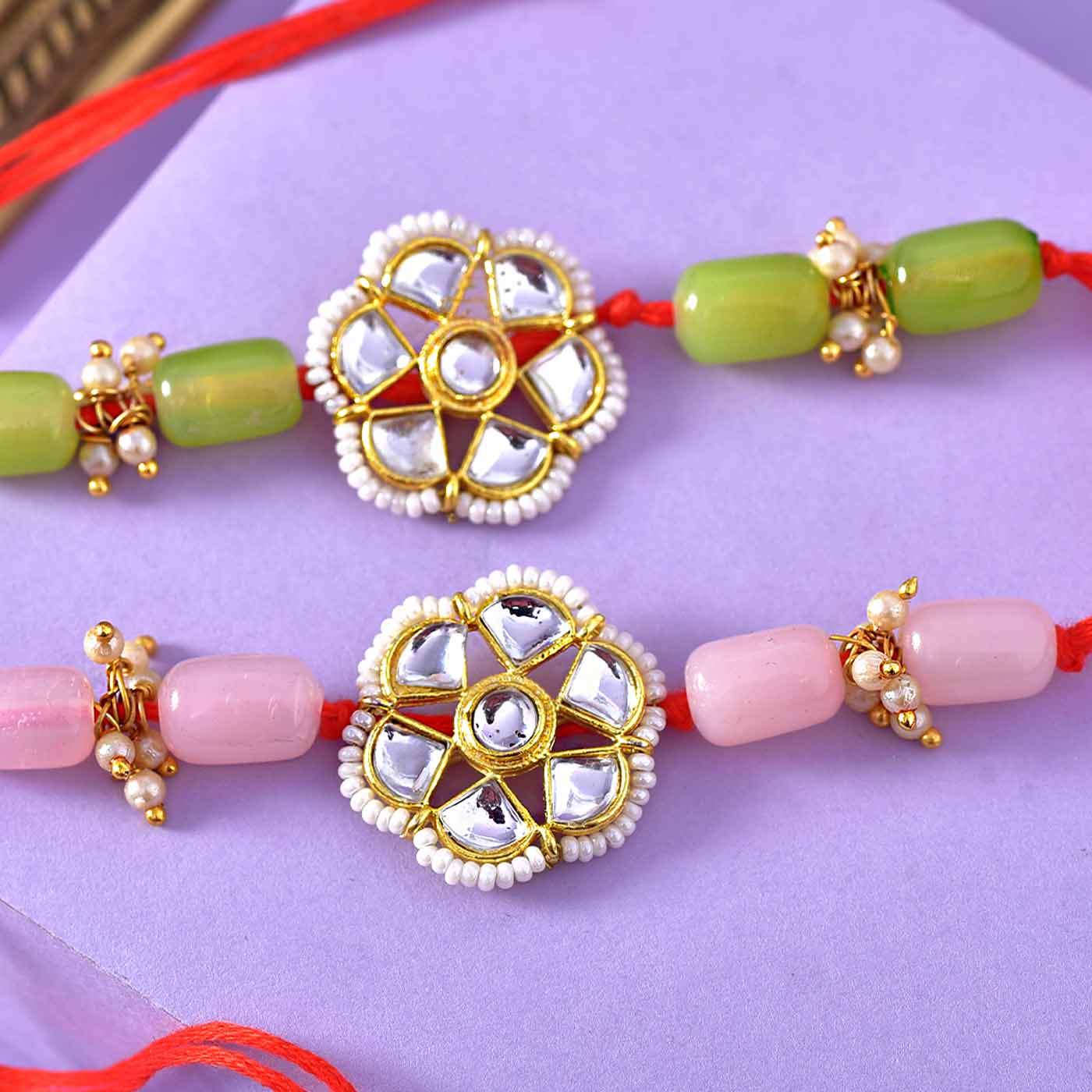Introduction
Dadiyanki, an ancient and cherished traditional delicacy, has captivated the hearts of people around the world with its unique blend of history, culture, and health benefits.In this comprehensive article, we will explore the fascinating world of Dadiyanki, delving into its origins, cultural significance, preparation methods, health benefits, global spread, and modern applications.
The History and Origins of Dadiyanki
Ancient Beginnings
The origins of Dadiyanki can be traced back to ancient times when early civilizations discovered the unique process of fermenting milk to create a nutritious and flavorful drink. The exact origins are somewhat obscure, but historical records suggest that Dadiyanki has been a staple in various cultures for centuries. It is believed that this traditional delicacy was initially created by accident when milk was left to ferment naturally, resulting in a tangy and creamy beverage.
Evolution Through the Ages
Over time, different communities added their own twists to the basic recipe of Dadiyanki, incorporating various herbs, spices, and other ingredients to enhance its flavor and health benefits. As trade routes expanded, so did the popularity of Dadiyanki, gaining recognition beyond its region of origin.
Historical Significance
Historically, Dadiyanki was not just a food item but a significant part of cultural celebrations and rituals. It played a vital role in religious ceremonies, festivals, and social gatherings, symbolizing hospitality, goodwill, and togetherness. The rich history behind Dadiyanki highlights its importance as more than just a drink; it is a living heritage that continues to bring people together through shared experiences.
Cultural Significance and Traditions
Symbol of Heritage
Dadiyanki holds a special place in the cultural traditions of many communities. It is often used in various ceremonies, festivals, and rituals, connecting people to their heritage and ancestral roots. The practice of preparing and consuming Dadiyanki is deeply rooted in beliefs and customs that have been passed down through generations.
Rituals and Celebrations
In many cultures, offering Dadiyanki symbolizes hospitality and goodwill towards guests. It is considered a gesture of respect and honor to share this traditional drink with others. The act of preparing and serving Dadiyanki evokes feelings of unity and kinship among family members and friends. Through the preparation and consumption of this delicacy, individuals can maintain a sense of belonging to their roots while celebrating shared values and traditions within their community.
Preserving Cultural Identity
Dadiyanki plays a crucial role in preserving cultural identity by keeping age-old recipes alive. The meticulous process of making Dadiyanki is often a communal activity, bringing families together and fostering a sense of community. By incorporating Dadiyanki into everyday life, people not only showcase their culture but also support local artisans and keep ancient traditions alive.
Health Benefits of Dadiyanki
Probiotic Powerhouse
One of the primary reasons for Dadiyanki’s enduring popularity is its numerous health benefits. As a fermented beverage, Dadiyanki is packed with probiotics, which are beneficial bacteria that promote gut health.
Nutrient-Rich
Dadiyanki is also rich in essential nutrients, including vitamins like B12 and K2, which are important for energy production and bone health.
Weight Management
Regular consumption of Dadiyanki has been linked to improved weight management due to its ability to increase feelings of fullness and regulate appetite.
Lactose Intolerance Relief
The live cultures present in Dadiyanki can help alleviate symptoms of lactose intolerance by breaking down lactose, the sugar found in milk. This makes Dadiyanki a suitable option for individuals who are lactose intolerant but still wish to enjoy dairy products.
How to Prepare and Consume Dadiyanki
Traditional Preparation
Preparing Dadiyanki is a meticulous process that requires attention to detail and patience. The traditional method involves fermenting milk with specific cultures to achieve the desired tangy flavor and creamy texture.
Selection of Milk: Start with high-quality milk, preferably from grass-fed cows, as it provides the best flavor and nutritional profile.
Heating the Milk: Heat the milk to a specific temperature to kill any unwanted bacteria, ensuring a clean fermentation process.
Cooling and Inoculation: Once the milk is heated, it is cooled to the ideal fermentation temperature. At this point, a starter culture is added to the milk. This starter culture contains beneficial bacteria that will ferment the milk.
Fermentation: The inoculated milk is left to ferment at a controlled temperature for several hours. This allows the beneficial bacteria to multiply and convert the lactose in the milk into lactic acid, giving Dadiyanki its characteristic tangy flavor.
Storage: After fermentation, Dadiyanki is cooled and stored in a cool place to slow down the fermentation process.
Modern Variations
In modern times, the preparation of Dadiyanki has seen various adaptations.
Natural syrups, spices, and herbs are sometimes added by some people for flavor and health benefits.
Honey ginger Curcuma, mint, and other common additions give the traditional recipe a unique twist.
Serving Suggestions
- As a Drink: Consumed cold or at room temperature, Dadiyanki is a refreshing and nutritious beverage.
- With Meals: It can be served alongside meals as a probiotic-rich drink that aids digestion.
- In Recipes: Dadiyanki can be used as an ingredient in smoothies, salad dressings, and desserts, adding a tangy flavor and nutritional boost to dishes.
The Global Spread of Dadiyanki
Cultural Exchange
The global spread of Dadiyanki can be attributed to cultural exchange and globalization. As people travel and migrate, they bring their culinary traditions with them, introducing Dadiyanki to new regions and cultures.
Popularity in Modern Cuisine
From bustling street markets in India to trendy cafes in New York City, Dadiyanki has found its way onto diverse menus, appealing to food enthusiasts seeking authentic and exotic tastes.
International Recognition
Dadiyanki’s journey from a local specialty to an international sensation is a testament to the power of food as a unifying force that bridges cultures and brings people together through shared experiences. It has been featur in various international food festivals and culinary shows, further boosting its global recognition.
Modern Applications of Dadiyanki
In Fashion
Dadiyanki has transcended its traditional roots and found new applications in the world of fashion. Designers are incorporating Dadiyanki-inspired patterns and motifs into contemporary clothing, adding a touch of cultural flair to their creations. From chic tops to elegant dresses, the unique patterns of Dadiyanki embroidery bring a sense of artistry and craftsmanship to any outfit.
In Home Decor
Home decor enthusiasts are also embracing Dadiyanki by adorning pillows, curtains, and even wall hangings with Dadiyanki-inspired motifs. The intricate designs add a touch of elegance and cultural charm to any living space.
In Health and Wellness
Incorporating Dadiyanki into modern health and wellness practices has become increasingly popular. It is now a common ingredient in health-focused recipes and dietary supplements, promoting its benefits to a wider audience.
Controversies Surrounding Dadiyanki
Health Risks
Despite its numerous health benefits, Dadiyanki is not without its controversies. Some critics argue that the traditional practice of consuming Dadiyanki may not be suitable for everyone, citing potential health risks associated with certain preparation methods. It is important to ensure that Dadiyanki is prepar and stored under hygienic conditions to avoid contamination.
Sustainability Concerns
There are also concerns about the sustainability of Dadiyanki cultivation and its impact on the environment. The demand for high-quality milk and the resources required for fermentation can strain local ecosystems if not managed responsibly.
Balancing Tradition and Innovation
Another point of contention is the balance between preserving traditional methods and embracing modern innovations. While some purists advocate for sticking to age-old practices, others believe that adapting Dadiyanki’s to modern tastes and preferences is essential for its continued relevance.
Conclusion: A Timeless Tradition
Dadiyanki’s has truly stood the test of time as a cherished tradition that continues to captivate people around the world. Its rich history, cultural significance, health benefits, and global spread showcase why it remains so popular today. Whether you enjoy Dadiyanki’s for its unique taste, its potential health benefits, or its cultural heritage, there is no denying the enduring appeal of this beloved drink. As we embrace the beauty of this age-old craft in today’s world, let us continue to cherish and preserve the legacy of Dadiyanki’s for generations to come.
FAQs About Dadiyanki’s
What is Dadiyanki’s?
Dadiyanki’s is a term derived from the fusion of “Dadi” and “Yanki.” It often refers to a cultural phenomenon or lifestyle associated with a blend of traditional grandmotherly wisdom (“Dadi”) and modern youth culture (“Yanki”).
What are some characteristics of Dadiyanki’s culture?
Dadiyanki’s culture often embraces a mix of traditional values and contemporary trends. It may involve a reverence for elders, alongside an appreciation for modern fashion and music.
How does Dadiyanki’s influence fashion?
Dadiyanki’s fashion can vary, but it typically combines elements of traditional attire with modern styles. This might include wearing traditional garments accessorized with trendy jewelry or incorporating traditional prints into contemporary clothing.
Are there any notable figures associat with Dadiyanki’s culture?
Yes, some influencers or celebrities might be consider emblematic of Dadiyanki’s culture, often known for promoting a fusion of traditional and modern lifestyles in their work or social media presence.
What role does Dadiyanki’s play in social dynamics?
Dadiyanki’s can serve as a bridge between generations, fostering understanding and respect for both traditional and modern viewpoints. It often emphasizes the importance of familial bonds and intergenerational communication.
How can one embrace Dadiyanki’s values in daily life?
Embracing Dadiyanki’s values involves honoring traditions while embracing progress. This might include spending quality time with elders, participating in cultural rituals, and adapting traditional practices to fit contemporary contexts.






